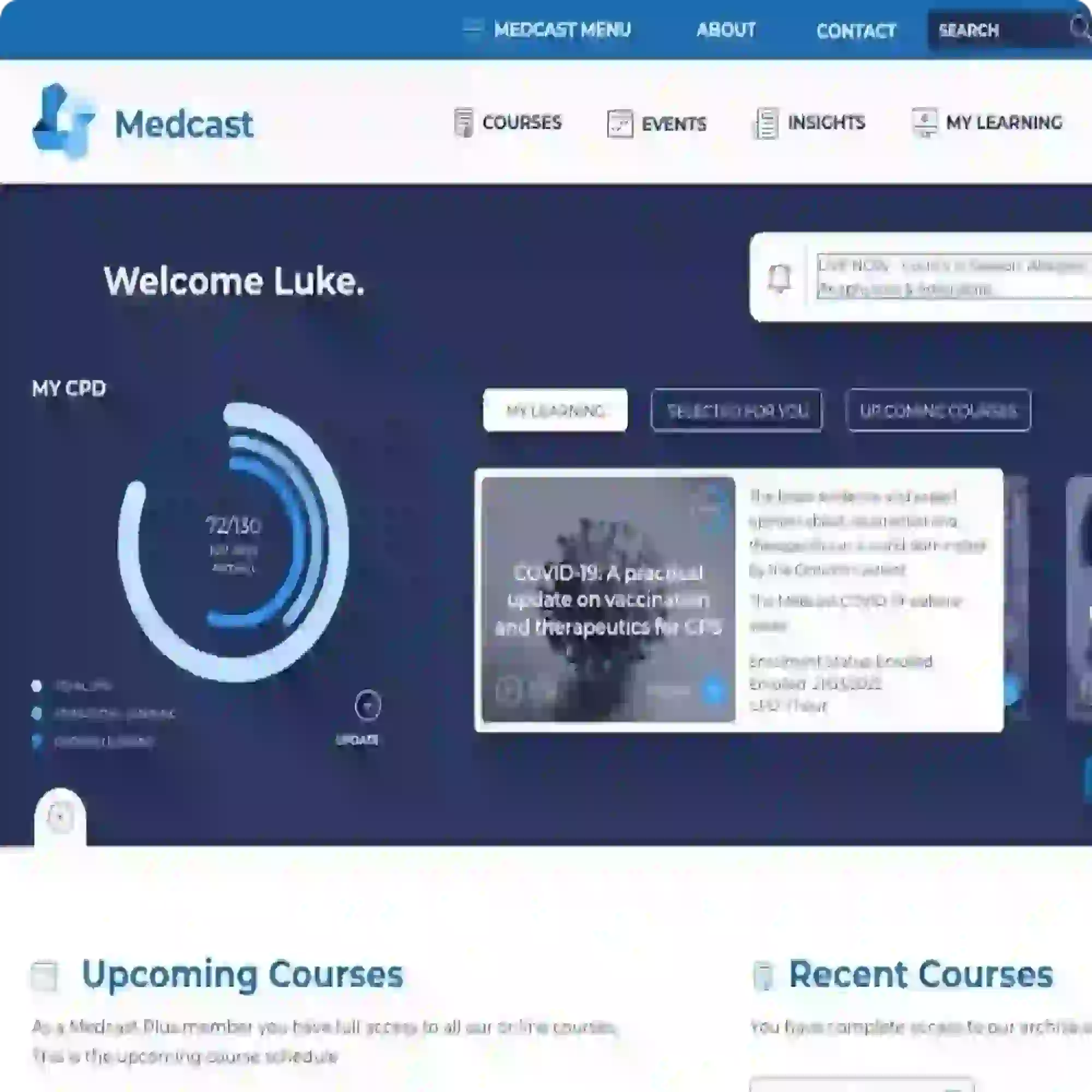Critical care nutrition: enteral vs parenteral recommendations for the ICU patient
Adequate nutritional intake and calorie delivery is integral to supporting critically ill patients. Providing appropriate nutrition - and via the most appropriate route of delivery - has the potential to improve clinical outcomes for your critically ill patients, including avoiding metabolic deterioration, reducing the risk of infection, and promoting faster recovery.¹
Key international guidelines such as the European Society for Clinical Nutrition and Metabolism (ESPEN) and the American Society for Parenteral and Enteral Nutrition (ASPEN), do not concur on all aspects of artificial nutrition support,¹ meaning, in some cases, clinicians are required to develop their own sense of clinical judgement based on individual factors.
Enteral vs parenteral
In general, enteral nutrition (EN) is favoured over parenteral (PN) in critically ill patients unable to take an oral diet, where there are no contraindications to EN.¹ ² However, it should be noted that the ASPEN guidelines do not prioritise one over the other.¹
Compared to PN, EN is associated with a lower risk of infection, better immune function, and preserved functional and structural gut integrity, including maintaining the patient’s intestinal microbiota.¹ ³ EN has also been associated with reduced duration of stay in ICU, and in hospital overall, as well as lower risk of multi-organ failure,⁴ though mortality rates are comparable to that with PN.¹
Where EN is not appropriate or not tolerated, such as in the case of confirmed malnutrition or gastrointestinal dysfunction, PN is a suitable alternative route for nutritional intake. ¹ ³ PN has the advantages of providing more intensive nutrition compared to EN ³ ⁴ however, it is associated with increased infection risk, hyperglycaemia, hypertrigliceridaemia, and electrolyte imbalance. ⁴
In addition to other clinical indications not listed here, EN may be most suitable for patients with:⁵ ⁶
-
short bowel syndrome (where gastrointestinal function remains intact)
-
inflammatory bowel disease (where gastrointestinal function remains intact)
-
traumatic brain injury
-
stroke
-
spinal cord injury
-
diarrhoea
-
severe acute pancreatitis
Conversely, PN may be preferred over EN in the case of:⁴
-
intestinal failure, such as from intestinal pseudo-obstruction
-
severe intestinal obstruction
-
high-output fistulas
When to initiate artificial nutrition
In most cases, early artificial nutrition (ideally with EN, or with early PN if EN is contraindicated) is recommended within 48 hours of admission to the ICU as this is associated with improved outcomes.¹
Some situations may require EN to be delayed. These include:⁵
-
uncontrolled shock
-
unstable haemodynamic status
-
active bleeding of the upper gastrointestinal tract
-
severe and uncontrolled hypoxaemia, hypercapnia, or acidosis
-
abdominal compartment syndrome
-
gastric aspirate volume > 500 mL/6h
-
high-output intestinal stoma
-
overt bowel ischaemia
How to initiate artificial nutrition
The ESPEN guidelines recommend gastric access for EN feeding as the standard approach over postpyloric tube placement. This is due to gastric feeding being considered easier for clinicians to perform and is a more physiological route, without compromising on mortality, duration of ICU stay, or incidence of diarrhoea.5 Postpyloric feeding may be considered if gastroparesis results in intolerance to gastric feeding, but gastrointestinal motility problems distal to the stomach should be excluded first.⁵
Whether your patient is being administered EN or PN, consider a gradual approach to achieving full energy and protein intake over the first three to seven days of ICU admission. This helps to avoid overfeeding, and may also help to reduce the risk of infectious complications from PN.⁵
The approach to enteral and parenteral nutrition in the critically ill patient is complex. As always, use your clinical judgement and experience on a case-by-case basis, though preferencing EN in most situations would be a reasonable strategy.

Clinical trajectory of critically ill patients & the role of nutrition⁷
Related courses
Critical Care Nursing: Metabolic and nutrition considerations for ICU patients
References
-
Baik SM, Kim M, Lee JG. Comparison of Early Enteral Nutrition Versus Early Parenteral Nutrition in Critically Ill Patients: A Systematic Review and Meta-Analysis. Nutrients. 2025; 17(1):10.
-
Viner Smith, E.; Ridley, E.J.; Rayner, C.K.; Chapple, L.S. Nutrition Management for Critically Ill Adult Patients Requiring Non-Invasive Ventilation: A Scoping Review. Nutrients. 2022;14:1446.
-
Elke G, van Zanten AR, Lemieux M, McCall M, Jeejeebhoy KN, Kott M, Jiang X, Day AG, Heyland DK. Enteral versus parenteral nutrition in critically ill patients: an updated systematic review and meta-analysis of randomized controlled trials. Crit Care. 2016;29;20(1):117.
-
Berlana D. Parenteral Nutrition Overview. Nutrients. 2022; 14(21):4480
-
P. Singer, A.R. Blaser, M.M. Berger et al. ESPN practical and partially revised guideline: Clinical nutrition in the intensive care unit. Clinical Nutrition. 2023;42:1671e1689.
-
Doley J. Enteral Nutrition Overview. Nutrients. 2022; 14(11):2180.
-
Reignier J., Rice T, Arabi Y., Caesar M. Nutritional Support in the ICU The BMJ 2025 https://doi.org/10.1136/bmj-2023-077979

Susan is the Head of Nursing Education for the Medcast Group.
DipAppScNsg, BN, CritCareCert, CoronaryCareCert, TraumaNsgCareCert, CertIV(TAE), MN(Ed), and GradCert(Ldrshp & Mgt).
Become a member and get unlimited access to 100s of hours of premium education.
Learn moreFollow James, a 7-year-old boy scheduled for a tonsillectomy and adenoidectomy, as we explore how the 4 P’s of child preparation – Prepare, Play, Parent, Praise – can be used in day surgery to reduce procedural anxiety, support family-centred care, and improve the overall patient experience
Caregiver concern is a powerful predictor of clinical deterioration in children, often surpassing abnormal vital signs. A recent Lancet study confirms its association with ICU admission and ventilation. Integrating caregiver input into assessments, documentation, and escalation protocols can significantly improve early recognition and outcomes in paediatric emergency care.
Sepsis is a time-critical medical emergency. The National Sepsis Program urges GPs and primary care clinicians to enhance early recognition and management of sepsis to save lives. This update outlines key actions and available resources to support timely diagnosis and intervention across primary care settings.
